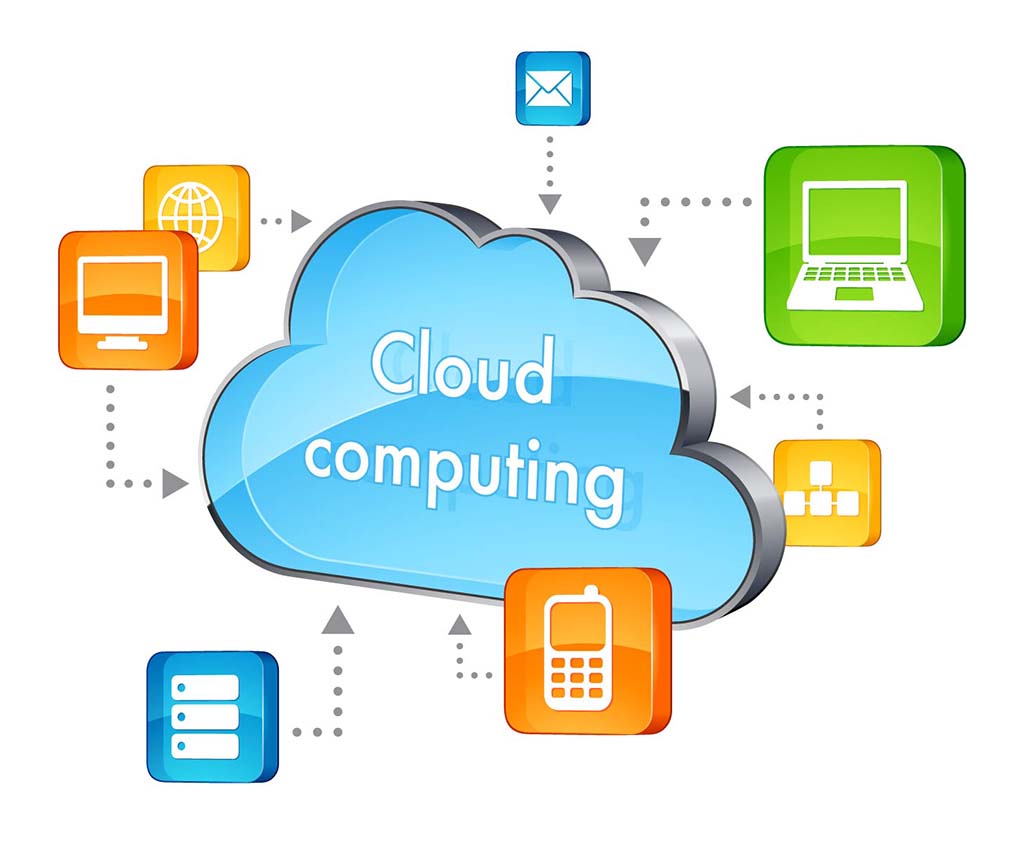Call Center
A call center, also known as a contact center or customer service center, is a centralized facility or department where agents handle inbound and outbound calls, emails, chats, and other forms of communication with customers or clients. Call centers play a crucial role in providing customer support, technical assistance, sales, and other services to organizations across various industries. Here's an overview of call centers, including their functions, features, and types:

Related Searches
Functions of Call Centers:
1. Customer Support: Call centers provide assistance and solutions to customers' inquiries, issues, and concerns, ranging from product support and troubleshooting to billing inquiries and account management.
2. Technical Support: Call centers offer technical assistance and troubleshooting for products, services, software, and hardware-related issues, helping customers resolve technical problems and optimize their user experience.
3. Sales and Telemarketing: Call centers engage in outbound sales activities, including cold calling, lead generation, upselling, and cross-selling, to promote products or services and drive revenue for businesses.
4. Order Processing: Call centers handle orders, reservations, bookings, and other transactions initiated by customers over the phone, online, or through other communication channels, ensuring accuracy and efficiency in processing orders.
5. Appointment Scheduling: Call centers schedule appointments, meetings, and service appointments for customers, clients, patients, or field personnel, coordinating logistics and managing calendars effectively.
6. Surveys and Market Research: Call centers conduct surveys, market research, and customer feedback campaigns to gather insights, assess customer satisfaction, and identify areas for improvement in products, services, or processes.
Features of Call Centers:
1. Automatic Call Distribution (ACD): ACD systems route incoming calls to the most appropriate agent or department based on predefined criteria such as caller information, IVR selections, or agent availability.
2. Interactive Voice Response (IVR): IVR systems use pre-recorded voice prompts and keypad inputs to guide callers through self-service options, menu navigation, and information retrieval without agent assistance.
3. Call Monitoring and Quality Assurance: Call centers use call monitoring tools to listen in on calls, evaluate agent performance, provide feedback, and ensure adherence to quality standards and service levels.
4. Call Recording and Logging: Call centers record and log calls for training, compliance, and audit purposes, capturing valuable information such as call duration, caller details, and interaction history.
5. Multi-channel Support: Modern call centers support multiple communication channels, including voice calls, emails, chats, social media, SMS, and web-based messaging, to accommodate diverse customer preferences and needs.
6. CRM Integration: Call centers integrate with Customer Relationship Management (CRM) systems to access customer data, track interactions, and provide personalized service based on customer history and preferences.
Types of Call Centers:
1. Inbound Call Centers: Inbound call centers handle incoming calls from customers seeking assistance, support, or information. They focus on resolving customer issues, answering inquiries, and providing solutions in real-time.
2. Outbound Call Centers: Outbound call centers make outgoing calls to customers for sales, marketing, lead generation, appointment setting, surveys, or fundraising purposes. They engage with customers proactively to achieve specific objectives.
3. Blended Call Centers: Blended call centers handle both inbound and outbound calls, allowing agents to switch between different types of calls based on call volume, campaign priorities, or business needs.
4. Virtual Call Centers: Virtual call centers employ remote agents who work from home or off-site locations, leveraging cloud-based technologies and communication tools to deliver customer service and support remotely.
5. Offshore and Nearshore Call Centers: Offshore call centers are located in foreign countries, offering cost-effective solutions for companies seeking to outsource customer service operations. Nearshore call centers are located in neighboring countries, providing geographical proximity and cultural alignment.
Considerations for Call Centers:
1. Staffing and Training: Call centers require skilled agents who are trained in communication, product knowledge, problem-solving, and customer service techniques to deliver exceptional experiences to customers.
2. Technology and Infrastructure: Call centers rely on robust telephony systems, contact center software, CRM platforms, and network infrastructure to manage calls, track interactions, and ensure reliability and scalability.
3. Performance Metrics and Analytics: Call centers measure performance using key performance indicators (KPIs) such as average handling time (AHT), first call resolution (FCR), customer satisfaction (CSAT), and service level agreement (SLA) adherence to monitor efficiency, quality, and customer experience.
4. Compliance and Data Security: Call centers must comply with regulations such as the Telephone Consumer Protection Act (TCPA) and Payment Card Industry Data Security Standard (PCI DSS) to protect customer privacy, prevent fraud, and maintain data security.
5. Customer Experience and Satisfaction: Call centers strive to deliver positive customer experiences and satisfaction by providing timely, accurate, and personalized assistance, resolving issues efficiently, and exceeding customer expectations.
Overall, call centers play a vital role in delivering customer service, support, and engagement for businesses of all sizes and industries, helping them build strong relationships with customers and achieve their business objectives.







